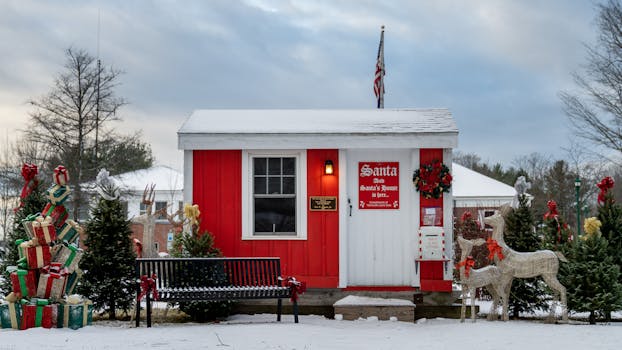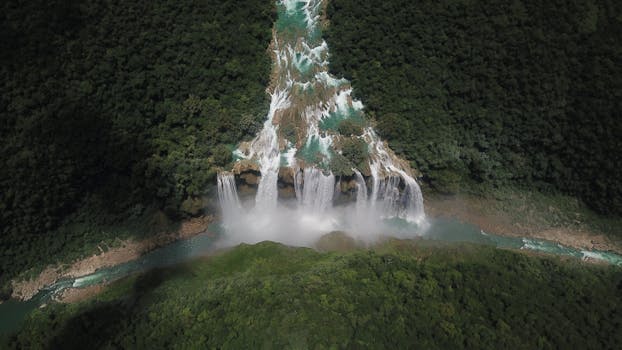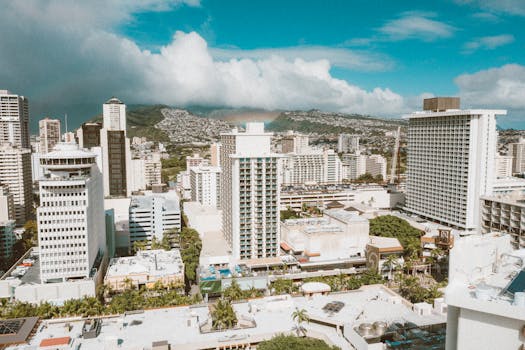Table of Contents
The Enigmatic Tale of Misión San Vicente Ferrer: A Testament to Faith and Resilience (1780-1833)
The Enigmatic Tale of Misión San Vicente Ferrer: A Testament to Faith and Resilience (1780-1833)
As the sun dips below the horizon, the sky is painted with hues of red and orange, and a sense of calm descends upon the remnants of Misión San Vicente Ferrer. This tranquil scene belies the mission's rich history, filled with tales of faith, endurance, and transformation. Today, we embark on a journey back in time, tracing the footsteps of the Franciscan missionaries who established this mission, and the indigenous communities who were an integral part of its history.
The Dawn of Misión San Vicente Ferrer
Nestled in the heart of Baja California, Misión San Vicente Ferrer stands as a testament to the fervor of Spanish colonization and the resilience of native cultures. Founded on May 7, 1780, by the indefatigable Dominican missionary, Vicente Mora, this mission was named in honor of the renowned Spanish preacher, Saint Vincent Ferrer. The establishment of the mission was a strategic move, aimed at bridging the gap between Misión San Miguel Arcángel de la Frontera to the north and Misión Santo Domingo de la Frontera to the south. It was a beacon of faith in the wilderness, a symbol of Spanish dominance, and a hub for cultural exchange.
The Role of Indigenous Communities
In the early years, the mission thrived under the stewardship of the Dominican missionaries. The indigenous Cochimí and Kumeyaay communities were central to the mission's functioning. They worked the fields, tended the livestock, and built the mission buildings with their bare hands. In return, they were initiated into the Christian faith and introduced to Spanish culture and technology.
Challenges and Conflicts
However, life at the mission was not always harmonious. The indigenous people, unaccustomed to the rigorous labor and confined living conditions, often fell prey to European diseases. The cultural clash between the Spanish missionaries and the native communities also led to occasional conflicts. Yet, amidst these challenges, the mission continued to persevere, serving as a beacon of faith and a bastion of Spanish influence.
Architecture of Misión San Vicente Ferrer
The mission's architecture is a reflection of the era's simplicity and functionality. Built primarily from adobe and stone, the mission complex included a church, living quarters for the missionaries, workshops, storerooms, and a cemetery. The church, with its stark white walls and wooden cross, stood as a symbol of the mission's spiritual purpose.
The Decline and Legacy of the Mission
However, the mission's prosperity was not to last. By the early 19th century, the mission began to decline. The indigenous population dwindled due to disease and migration, and the mission's resources were stretched thin. The final blow came in 1833 when a severe epidemic swept through the region, decimating the remaining population and forcing the mission to close its doors.
Today, the ruins of Misión San Vicente Ferrer stand as silent witnesses to a bygone era. The crumbling walls and weathered stones speak volumes about the mission's past glory and subsequent decline. Yet, despite the passage of time, the mission's legacy continues to endure.
The Enduring Spirit of Misión San Vicente Ferrer
Misión San Vicente Ferrer is not just an architectural relic; it's a symbol of a complex and multi-layered past. It's a reminder of the enduring spirit of the indigenous communities who inhabited these lands long before the arrival of the Spanish. It's a testament to the tenacity of the missionaries, who, driven by their faith, ventured into unknown territories.
As we stand amidst the ruins, we are transported back in time, caught in the interplay of light and shadow, past and present, faith and survival. The echoes of hymns sung, prayers offered, and lives lived resonate in the silence, reminding us of the mission's rich and tumultuous history.
Misión San Vicente Ferrer is a poignant reminder that history is not just about dates and events; it's about people, their beliefs, their struggles, and their resilience. It's about understanding our past to better navigate our future. As we delve deeper into the mission's history, we uncover layers of stories that challenge, inspire, and enlighten us.
Visiting Misión San Vicente Ferrer
So, the next time you find yourself in Baja California, take a detour to visit Misión San Vicente Ferrer. Walk amidst the ruins, listen to the whispers of the past, and let the history seep into your soul. For in understanding our past, we find keys to our present and bridges to our future.









